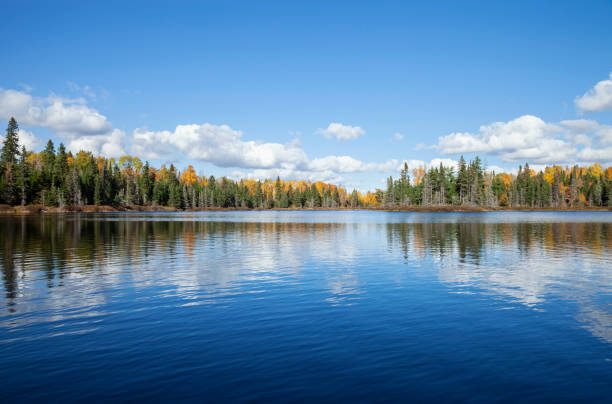


One presidential perk is to decorate the Oval Office. With every change in administration, portraits, busts, carpets, draperies, and furniture come and go. Every president seeks to project his own image and message via the office décor. Donald Trump is no different than his predecessors.
There was no glitz to Coolidge. He was all substance, no fluff.
Much comment has been made recently of Trump’s changes. The rather conventional, subdued tone of the Biden office has given way to a more cluttered, forceful look under Trump. The scowling bust of the ever-defiant Winston Churchill has returned, while the bust of Robert F. Kennedy has disappeared. There’s now a much commented upon overlay of gaudy, gilded molding over the fireplace and a row of huge gold vases (perhaps golfing trophies?) on the mantel- all touches of Mar-a-Lago.
Instead of the usual display of three to four presidential portraits, there now appear to be close to a dozen. In addition to presenting a rather cluttered look, this display raises a few interesting questions.
Some of these portraits are predictable selections. Washington and Lincoln have appeared in many oval office upfits. Jackson, the populist radical, is a personal favorite of Trump’s. The portrait of James K. Polk, the expositor of “Manifest Destiny,” has been dusted off. William McKinley has been hailed by Trump as a model of tariff protectionist strength. Theodore Roosevelt was in many ways a Trumpian disruptor. Someone who carried a big stick, never mind the speaking softly bit. Ronald Reagan was a Republican icon admired by Trump for firing the air controllers. Forget Reagan’s commitment to free trade and an expansively, engaged foreign policy.
But why FDR? Trump is the only Republican to hang a portrait of Franklin D. Roosevelt in the Oval Office. FDR ushered in the era of big government and the Democratic voting coalition that endured for over half a century. Why would Trump want to celebrate the patron saint of Democrat orthodoxy? When asked, Trump shrugged off this selection with something about FDR’s being “consequential” — perhaps an indication of what Trump values most?
Another question is raised by the absence of a particular conservative Republican icon, Calvin Coolidge. When Reagan entered the White House in 1980, he made quite a splash by hanging the long-forgotten Coolidge’s portrait in the Cabinet Room. Reagan explained to a flummoxed press corps that Coolidge was the last president to reduce the size of the federal government. Despite all the conservative rhetoric (including Reagan’s) about spending curtailment, Coolidge actually did it.
While Trump’s first term showed little appetite for spending cuts, he has now warmly embraced widespread reductions in the size and scope of the federal government. Elon Musk’s DOGE projects are the most visible evidence of Trump’s newfound fiscal conservatism. As his biographer, Amity Shlaes, has written, Coolidge “was thrifty to the point of harshness,” but “a Scrooge who begat plenty.” He presided over a decline in national debt, tax cuts, low unemployment, unprecedented economic growth, and a shrinking federal bureaucracy. So, with Trump’s recent conversion to tightfistedness, why not bring Coolidge into the Oval Office?
Coolidge Doesn’t Resonate With Today’s Politicians
Who knows the answer, but my guess is that there are a few things about Silent Cal that maybe don’t exactly resonate with President Trump. Coolidge was the embodiment of New England rectitude — terseness, persistence, honesty, hard work, personal propriety, and total lack of pretense. He was truly a man of understatement. Plymouth Notch, Vermont, was about as far removed from Palm Beach and New York City as one could possibly get. There was no glitz to Coolidge. He was all substance, no fluff.
What endures most about Coolidge is his character. Today Coolidge stands as the antithesis of modern politics where constant self- promotion, promulgation of half-truths, staged photo-ops, and the demonization of opponents are universal.
In his autobiography in 1929, Coolidge made this startling observation: “It is a great advantage to the President, and a major source of safety to the country, for him to know that he is not a great man.”
Hmmmm … can you imagine any modern President uttering these words? Obama? Trump? Certainly not.
READ MORE from Garland S. Tucker III:
Staggering Debt and Foreign Threats
The Remarkable 1924 Coolidge vs. Davis Campaign
Garland S. Tucker III, retired Chairman/CEO Triangle Capital Corporation, author of Conservative Heroes: Fourteen Leaders Who Shaped America- Jefferson to Reagan (ISI Books) and The High Tide of American Conservatism: Davis, Coolidge and the 1924 Election (Emerald Books).
